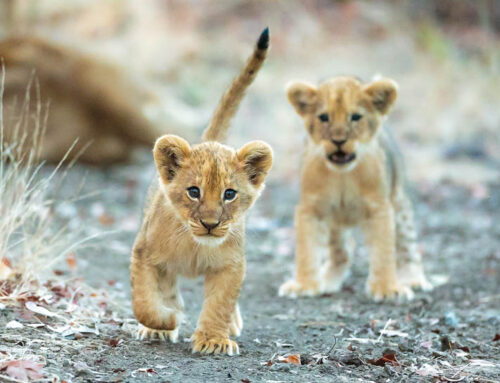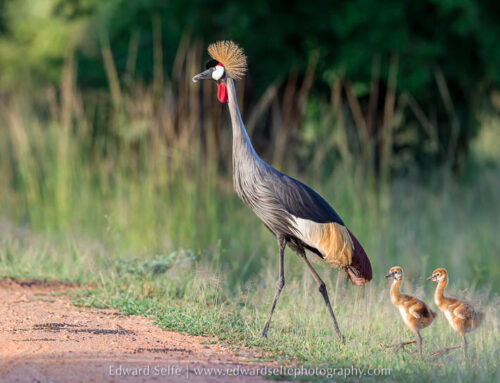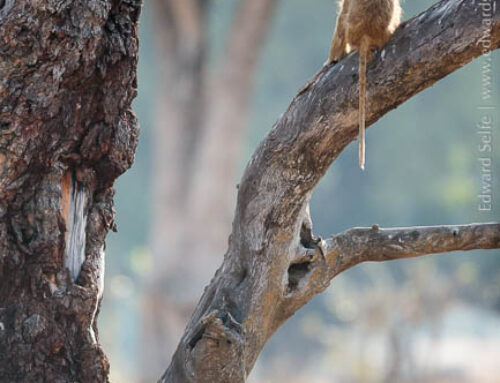Wherever we come from, we grow up being aware of elephants; they are the stars in children’s books, the decorations on kids’ clothes and prominent members of the cuddly toy section of a baby’s room. However, nothing compares to watching these wildlife icons in their natural habitat.
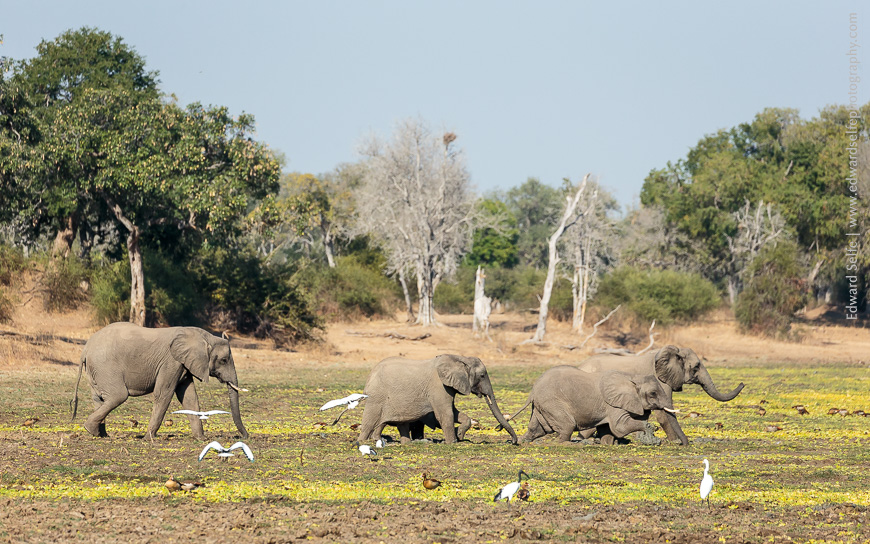
African elephants are vast – big bulls achieve 6,000kgs – and the largest of all land animals, standing over 3m at the shoulder. To sustain this bulk, they spend almost all their lives feeding! The volume and variety of forage ingested is impressive, ranging from a mainly grass diet in the rainy season to fruits, leaves, tree branches and bark in the dry season.
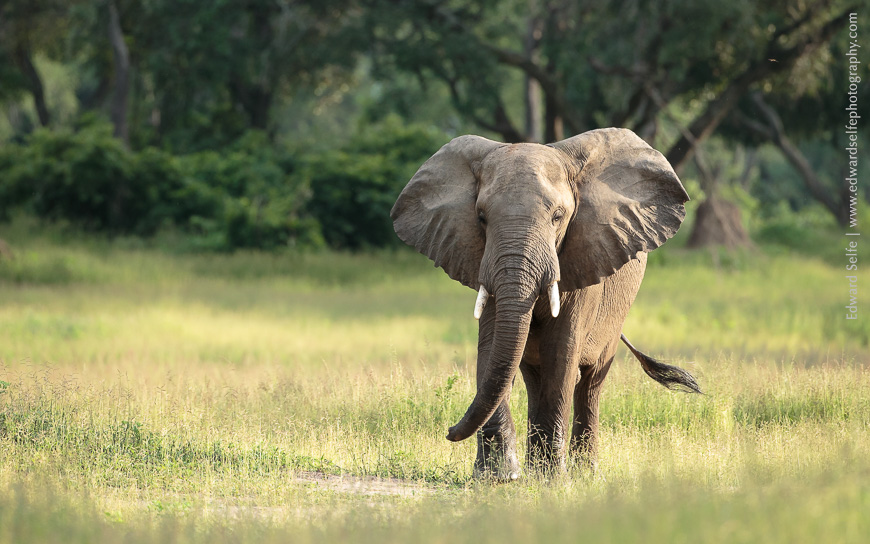
An elephant gathers food from a range of sources thanks to the combination of its tusks (elongated incisor teeth) and its trunk (an extended nose adaptation unique to elephants). The trunk is formed of more than 100,000 muscle fibres which combine to develop incredible strength but equally astonishing dexterity. Being an extended nose, it is capable not only of reaching, collecting, gathering and feeding, but also of detection through scent, elephants’ primary sense.
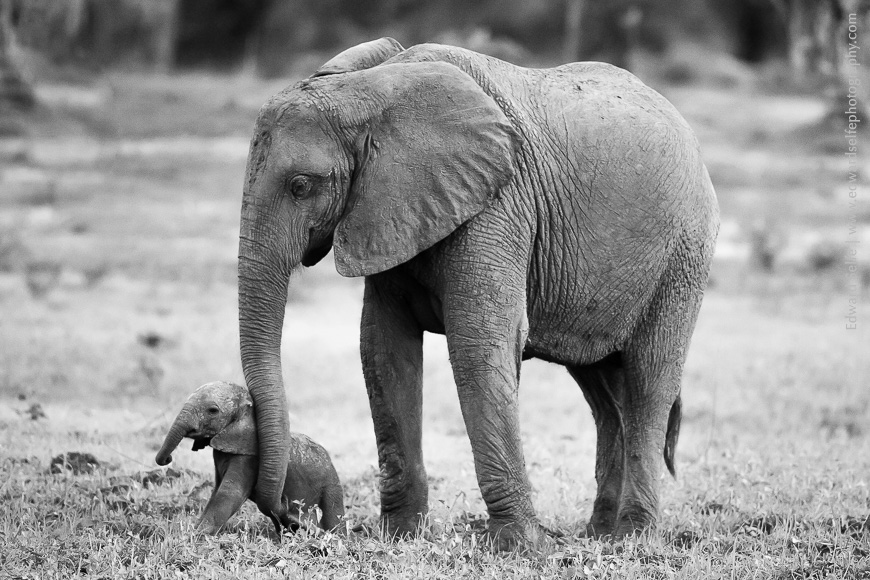
An elephant cow uses her dexterous trunk to lift her young calf from the ground where it has been resting while she fed.
Elephants are highly social creatures: cows live in family herds of females and their young. Bull elephants separate gradually from their natal herds in their teenage years, breaking away entirely as they mature. Older bull elephants form “bull herds” numbering as many as 50 in some places, with larger bulls displaying their dominance by pushing younger bulls off feeding sites. There is often sparring and play-fighting in bull groups, and they ar very entertaining to watch!
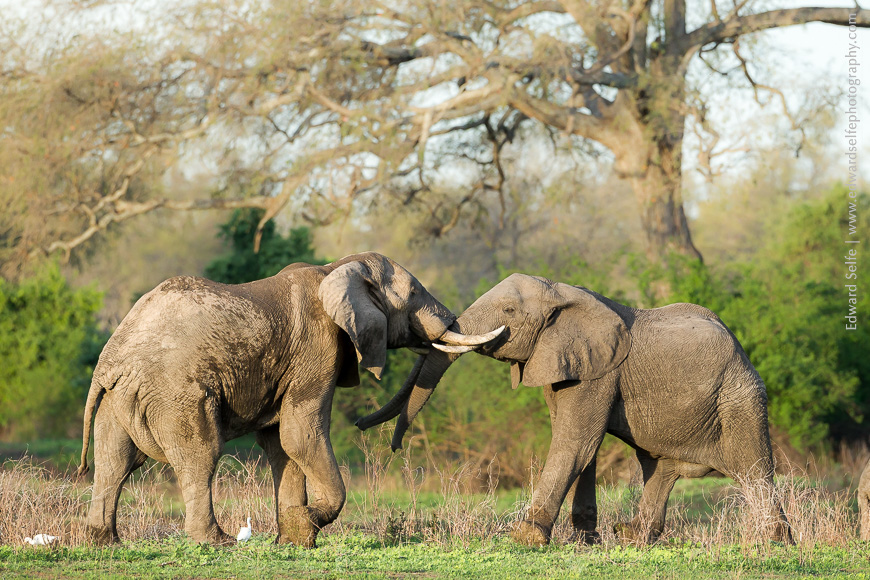
Elephants roam widely across their ranges, following the best food sources. Their movements are highly governed by access to water, especially in the winter months when forage is very dry, and they need water- and mud-bathing to keep cool. Cooling is assisted by hundreds of blood vessels on the back of their large ears which lose heat to the surrounding air.
Calves are born at any time of the year, but the majority arrive at the start of the rains when food is plentiful. After 22 months’ gestation, is perhaps not surprising that they can weigh up to 150kgs at birth! Witnessing births in the wild is quite rare, but several have been seen in the South Luangwa!
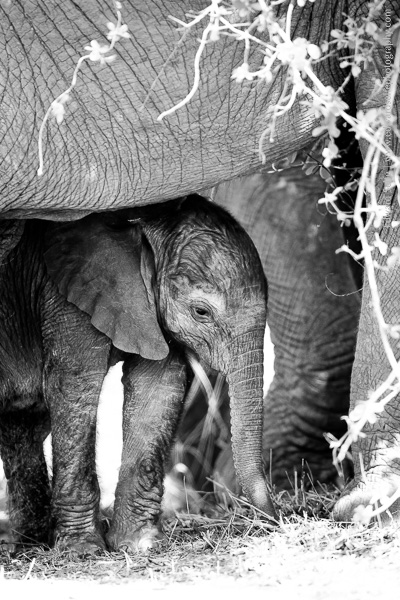
At just a day old, this young elephant is still very hairy, has silvery-translucent skin and never moves more than a few inches from its mother.
The future of elephants is in doubt across the continent, but in the Luangwa you are still guaranteed to see them on your safari. There is so much to observe and learn about elephant society, behaviour and ecology; come to Luangwa with me to enjoy a window into their worlds.

